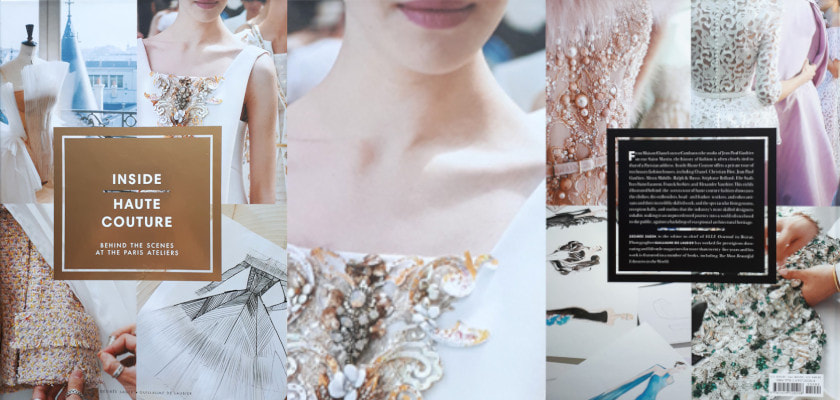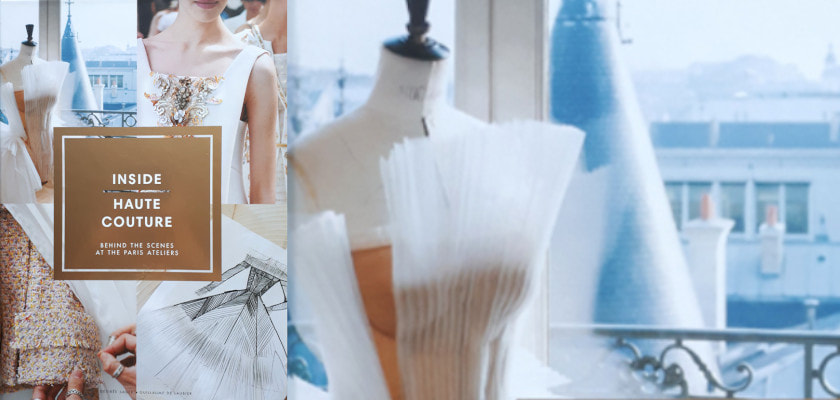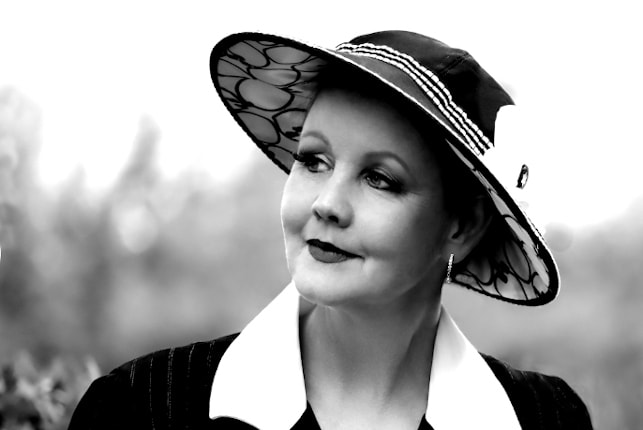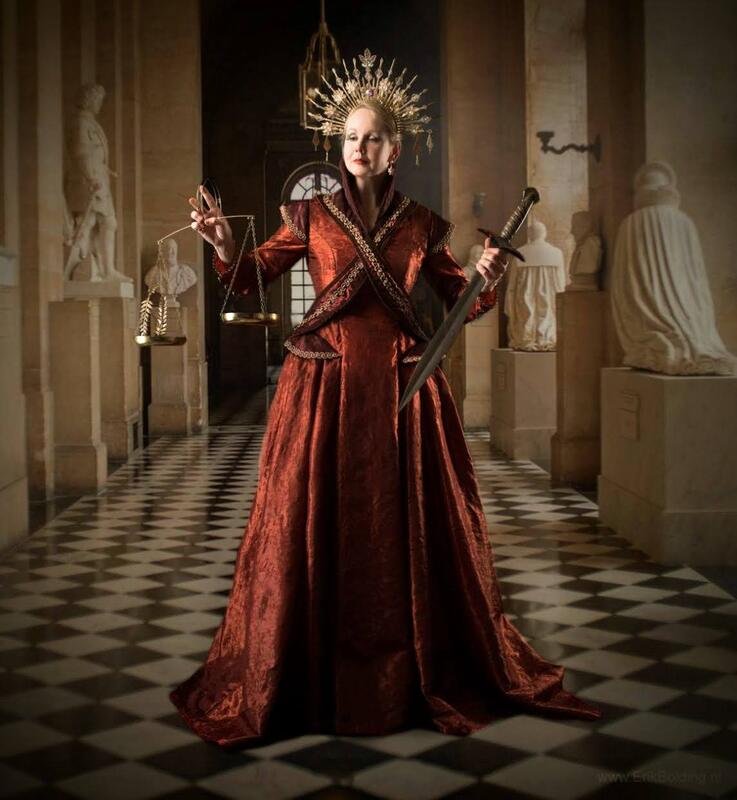|
Inside Haute couture: Behind the Scenes at the Paris Ateliers by Desirée Sadek and Guillaume de Laubier As the title says, this book is about taking a glimpse inside the famous fashion houses. It is very picture-heavy with many images of studios, workshops, designers and artisans at work, as well as the close ups of the gorgeous details that go into the garments and the shots before the fashion shows begin. The photography is splendid, of course, and every page is full of information about the haute couture design process at different fashion houses. What goes on behind closed doors at Chanel, Christian Dior, Jean Paul Gaultier, Elie Saab, Yves Saint Laurent and other famous houses is usually very secretive in the fashion industry. It is so refreshing to see a bit of this mystery unveiled. For example, my favourite part is the way the authors described the typical day at Mademoiselle Chanel’s when she was still alive. A valet at the hotel where she lived would call the workplace at 31, rue Gambon (right across from the hotel), to let the staff know that she was on her way. They would immediately spray her favourite perfume all over so she can get a good whiff when she got to work. Paris, the centre of Haute couture The book also highlights various skilled workshops around Paris that help the fashion houses bring their collections to fruition. Maison Lesage, Maison Michel, Massaro shoes, Maison Lemarie, Atelier Broderies Vermont got their due praises. The details of their work are amazing. It is no wonder that Paris is still the center of the haute couture industry simply because the skilled labour is there and they have thousands of embroidery, shoes, pleats, feather and other embellishments’ designs on files from hundreds of years in fashion. Some secrets revealed I am always curious to know what inspires other designers, what their creative process is like, and how they succeed. There are snippets of information in this book that help me understand why some designers are more successful than others. Ambition and talent are important, of course, and there is plenty of mention about that throughout the book. But there are other deciding factors that make it of break it in this industry. For instance, the very fact that all of the most famous fashion houses are located in Paris is a major reason for success because they have access to the best fabrics, notions and embellishments without worrying about shipping and customs duties. Work at workshops!
It is common custom among the fashion houses to purchase the workshops that they need for their designs, such as embroidery and lace. Chanel’s group has recently acquired the workshop in Paris making tweeds because originally Chanel’s tweeds were imported from Linton Tweeds in the UK. Similar example of acquisitions is the house of Dior buying Atelier Embroideries Vermont. Elie Saab has his own workshops in Beirut making hundreds of meters of precious embroideries. On the final note, this book is a great resource for anyone working in the fashion design industry or for those who are curious about what the prestigious studios look like and how the designers work. Comments are closed.
|
All about creating your own Chanel-Style jacket, Chanel-lovers information, Historic Costumes, Couture & Sewing book reviews and tutorials.
|






